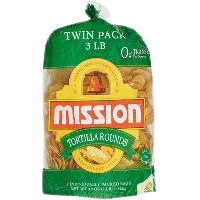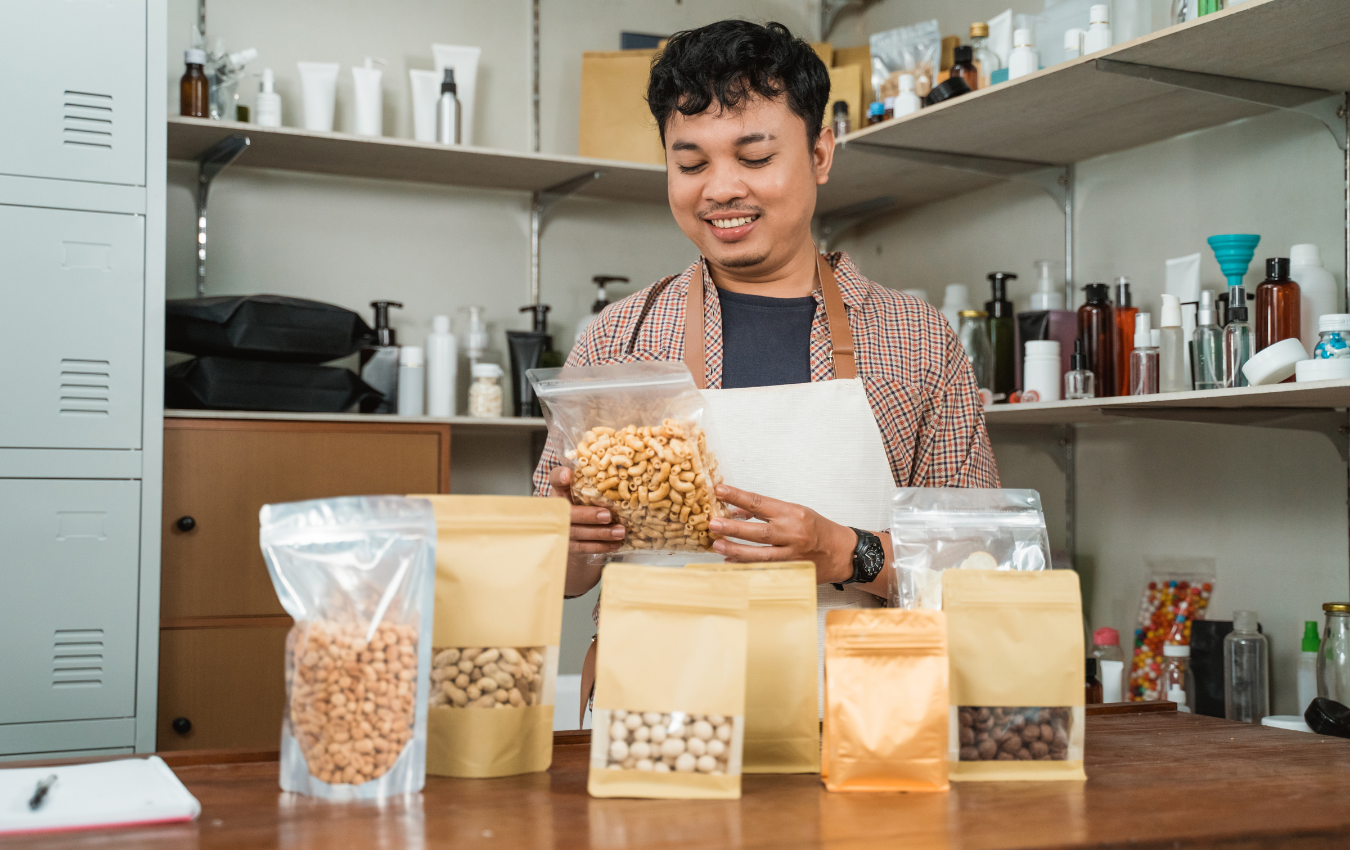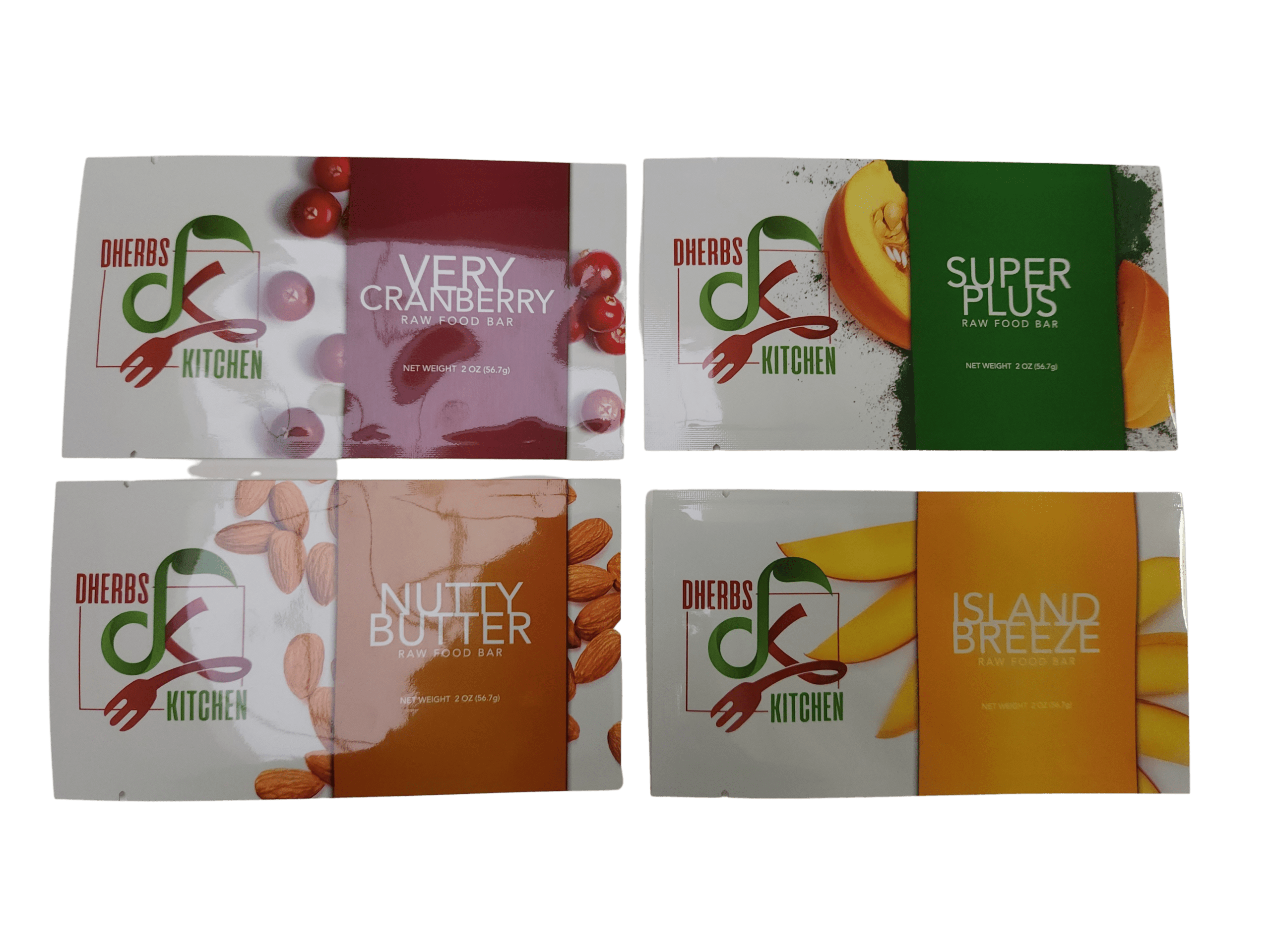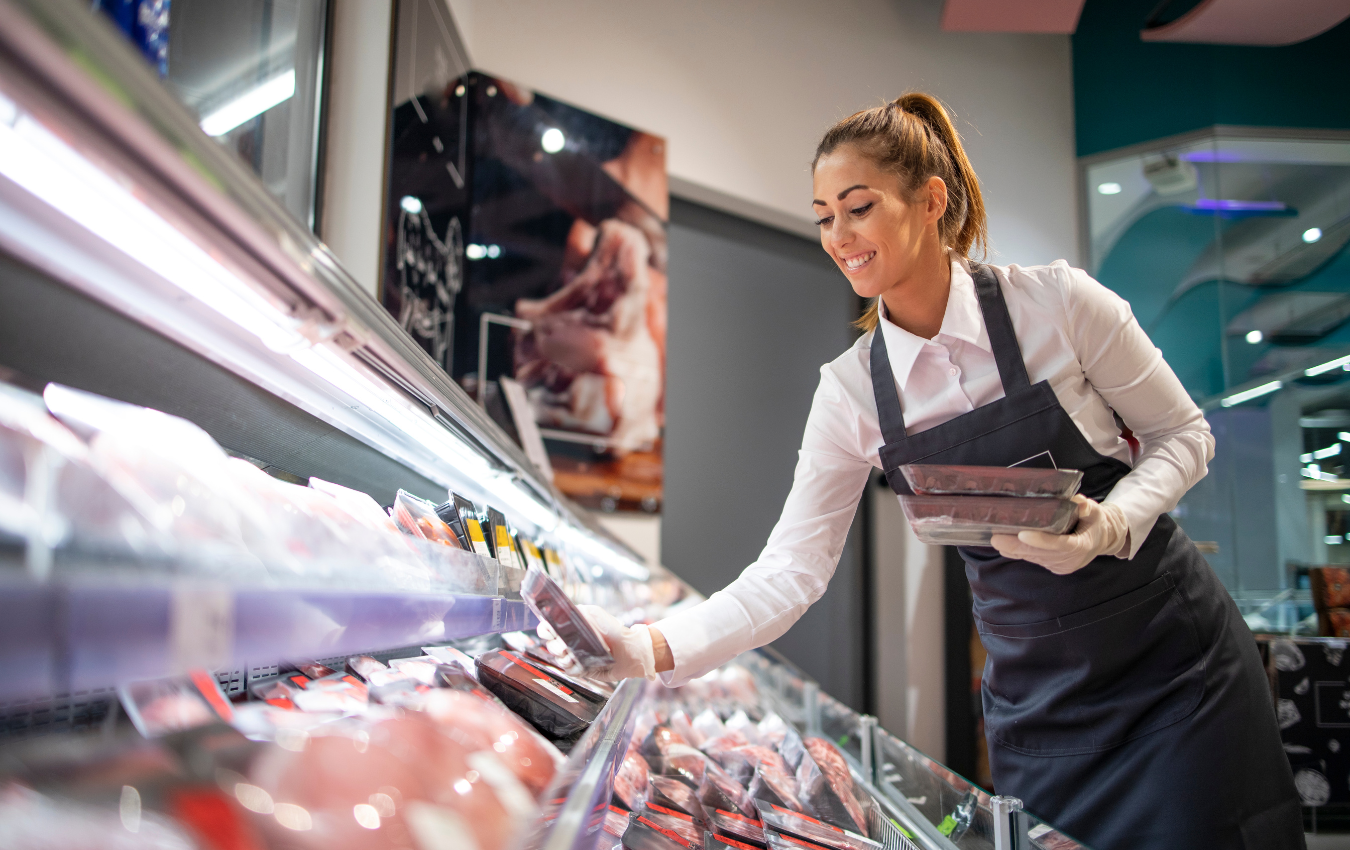Home » The Key Advantages of Flexible Packaging in the Food Industry
The Key Advantages of Flexible Packaging in the Food Industry
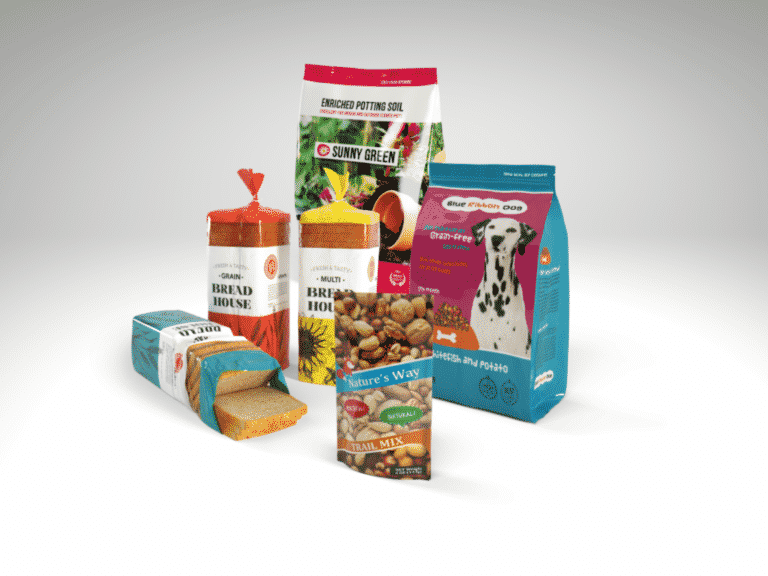
The food industry has undergone a variety of changes over the years, with one of the most prominent shifts being in the area of packaging. In this pursuit of improvement and innovation, flexible packaging has come to the forefront. From the grocery store aisle to the restaurant kitchen, flexible packaging is becoming increasingly prevalent. But why is this the case? Below, we explore the key advantages of flexible packaging in the food industry.
Enhanced Shelf Life and Food Safety
One of the primary benefits of flexible packaging is the increased shelf life it offers for food products. The materials used in flexible packaging are designed to protect food from environmental factors such as moisture, light, and oxygen, all of which can speed up the spoilage process. By keeping these elements at bay, flexible packaging helps to preserve the freshness, taste, and nutritional value of food for longer periods, ultimately reducing food waste.
Moreover, flexible packaging provides improved food safety. It creates a barrier against contaminants and bacteria, reducing the risk of foodborne diseases.
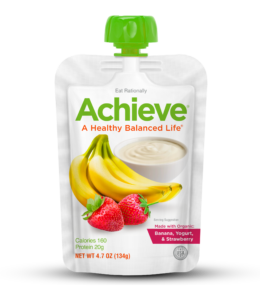
Sustainability and Lower Environmental Impact
Sustainability is a crucial consideration in the modern world, and flexible packaging shines in this aspect. This packaging method requires less energy to manufacture and transport due to its lightweight nature. Consequently, it contributes to a lower carbon footprint compared to more traditional forms of packaging.
Additionally, flexible packaging utilizes less material overall, which means less waste is generated at the end of its life cycle. And while recycling capabilities for flexible packaging still have room for growth, strides are being made in this area, and many types of flexible packaging are already recyclable.
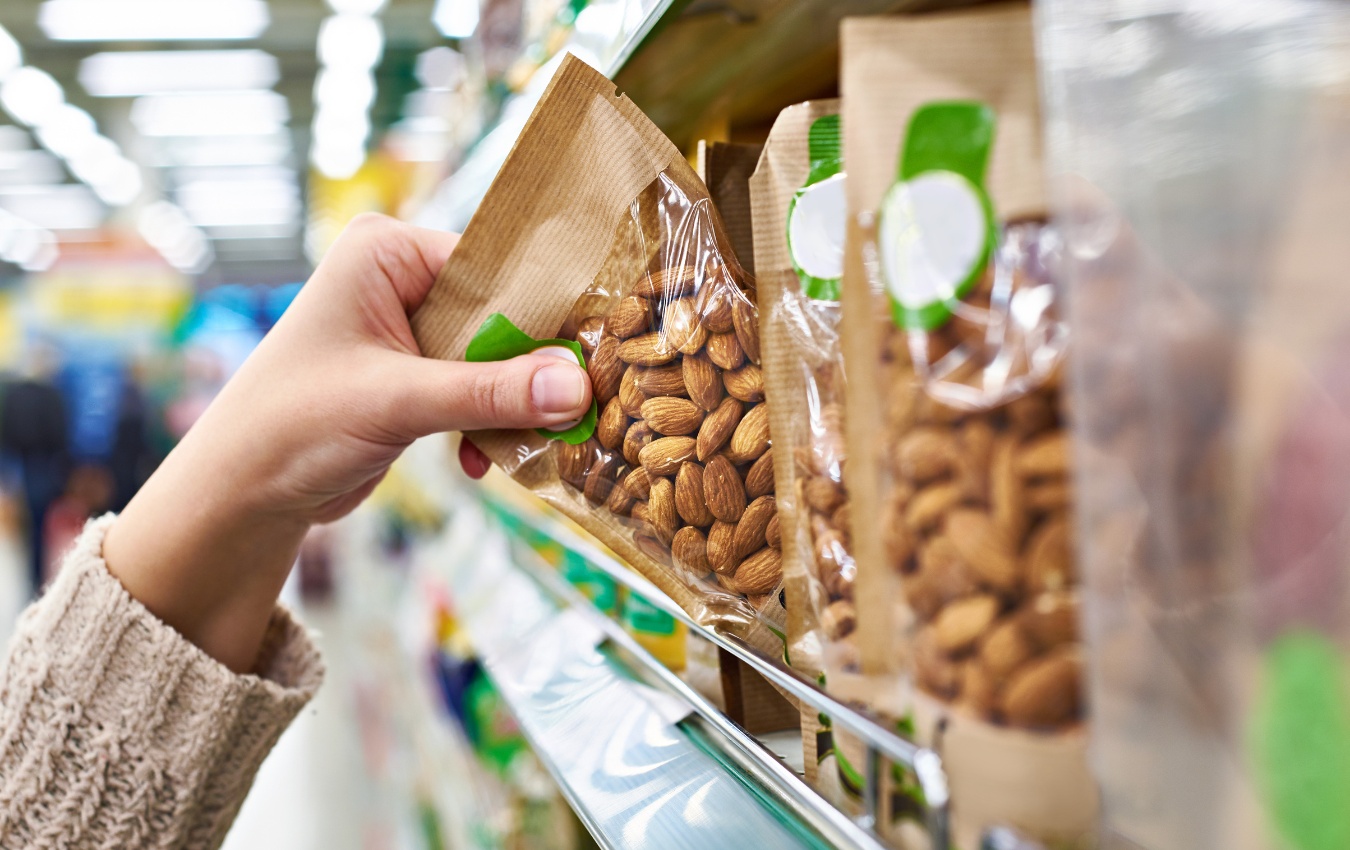
Cost-Effectiveness
From a financial perspective, flexible packaging can offer significant savings for food businesses. As previously mentioned, it’s lightweight, which reduces transportation costs. Additionally, because it’s efficient and compact, more units can be shipped or stored in a single space compared to rigid packaging, maximizing logistical efficiency.
Flexible packaging also offers cost savings in terms of reduced food spoilage. By extending the shelf life of products, businesses can reduce the frequency of unsold products being thrown away, enhancing their bottom line.
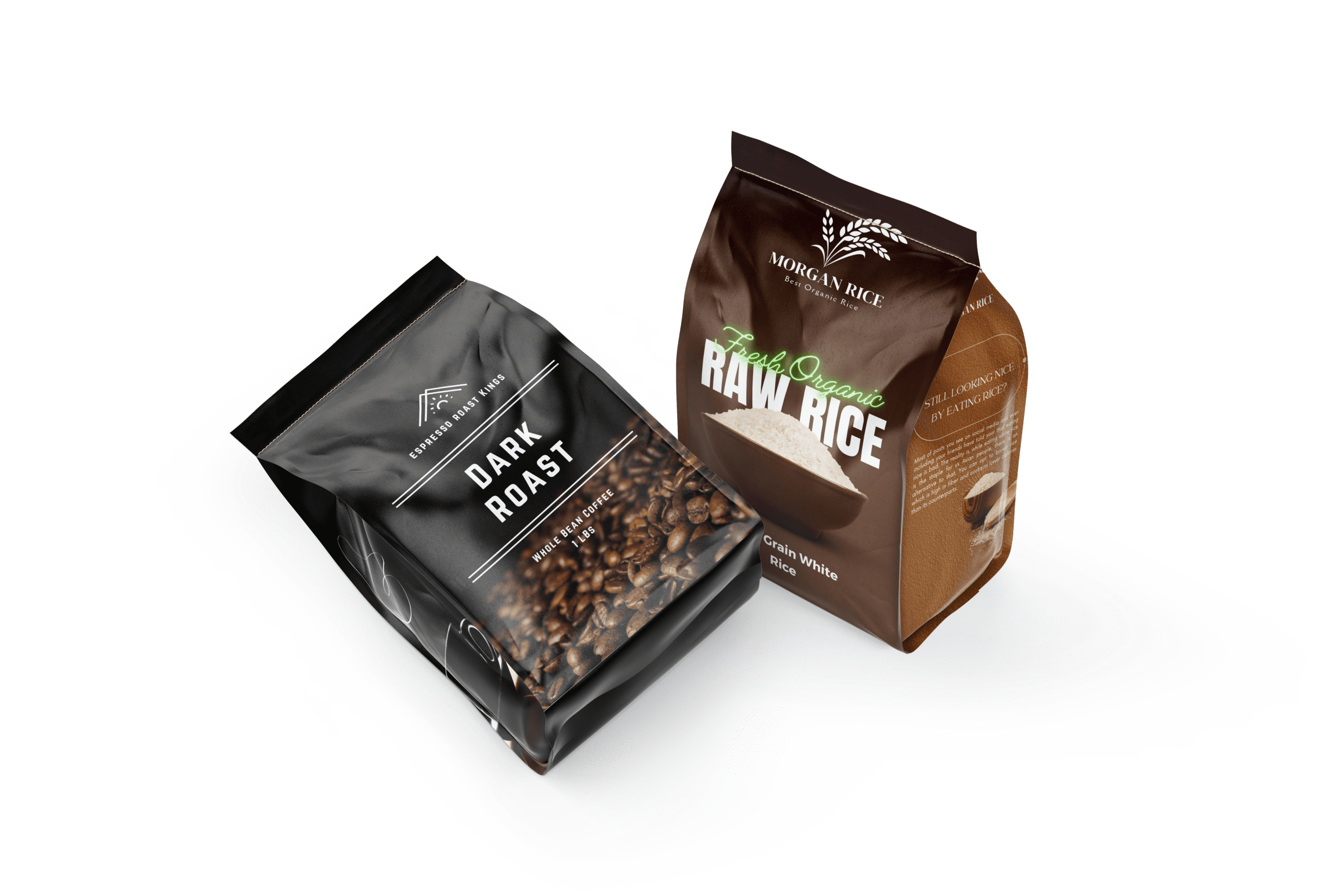
Consumer Convenience
The ease and convenience of flexible packaging are hard to overstate. Features like resealability, microwavable pouches, and easy-open tear notches cater to the modern, on-the-go consumer who values time-saving options.
These user-friendly features also add to the overall consumer experience, improving the perception of the brand and increasing the chances of repeat purchases.
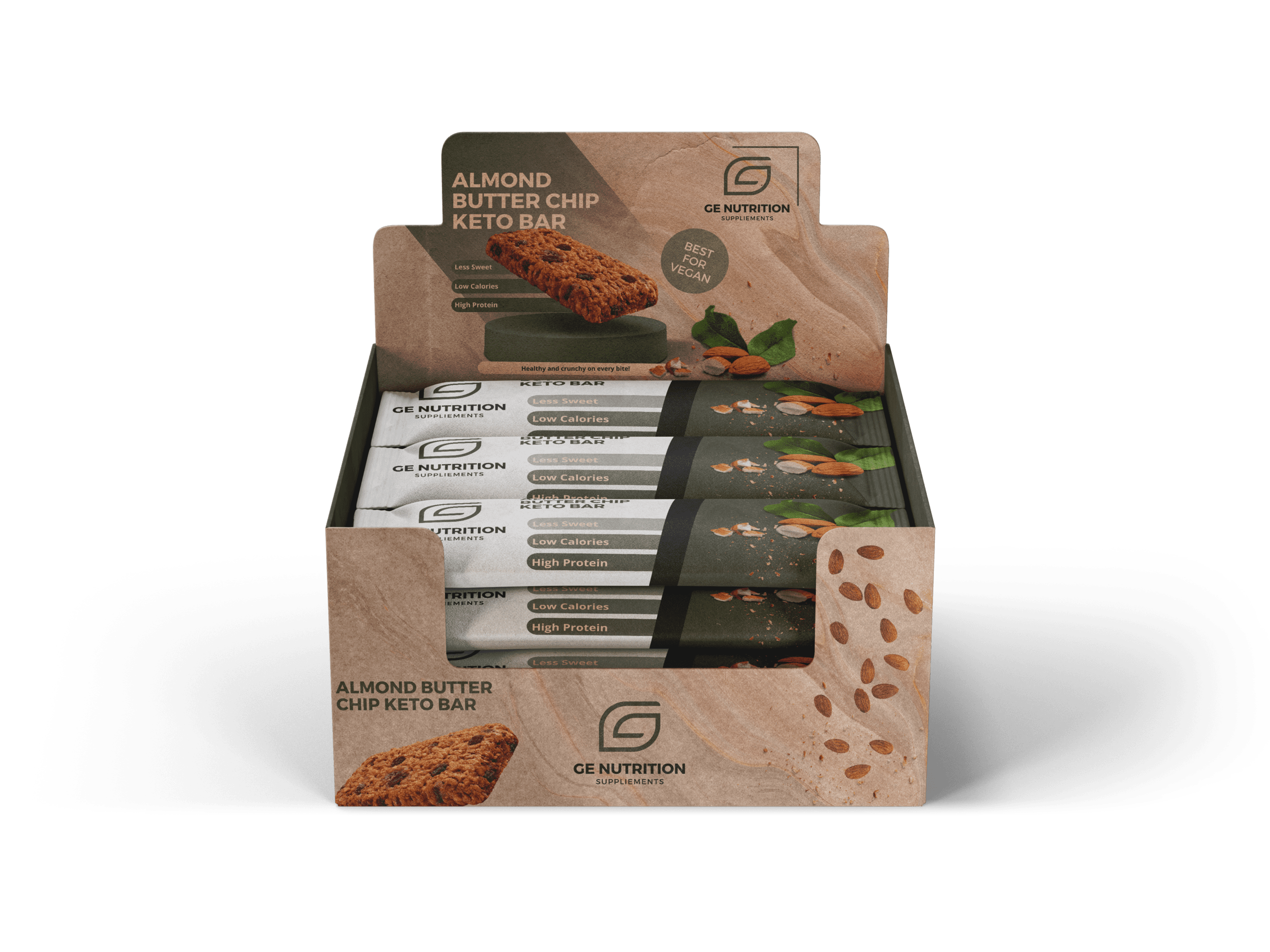
Innovative Branding and Marketing Opportunities
Flexible packaging acts as a canvas for creative and eye-catching designs, offering ample branding and marketing opportunities. Unlike rigid packaging, flexible packaging allows for 360-degree product visibility and design, giving brands the ability to stand out on crowded supermarket shelves.
The flexibility also allows for customization in packaging shape and size, providing further ways for a brand to differentiate its products.
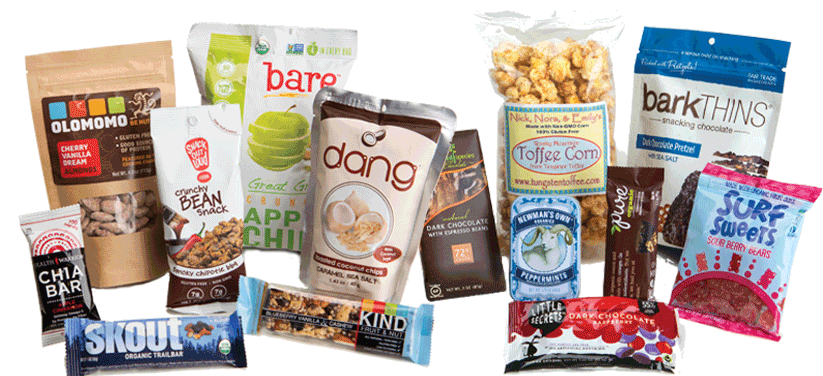
Conclusion: A Future-focused Packaging Solution
In conclusion, the food industry’s adoption of flexible packaging is far from arbitrary. It provides a multitude of advantages, including enhanced food safety and shelf life, sustainability, cost-effectiveness, consumer convenience, and innovative branding opportunities. As the food industry continues to evolve and consumer demands shift, flexible packaging will likely become an even more prominent feature of our grocery aisles and kitchen cupboards. It’s not just a trend—it’s a future-focused solution for a more sustainable and efficient food industry.
In the retail environment, the placement of Point of Purchase (POP) displays is just as critical as their design and content. Strategic positioning can significantly influence consumer behavior, increase product
Choosing the right foam density isn’t about “soft” versus “hard” — it’s about controlling shock transmission and matching the foam’s cushioning curve to the product’s fragility. Using the wrong density
Moisture resistance and dimensional stability are critical performance factors for custom inserts, especially when products are shipped or stored in variable climates. Both foam and corrugated materials react differently to
Sustainability in pet food packaging is not just about recyclability—it’s about reducing environmental impact across the entire lifecycle. For products with high barrier needs like dry kibble, wet food, and
Home » The Key Advantages of Flexible Packaging in the Food Industry


